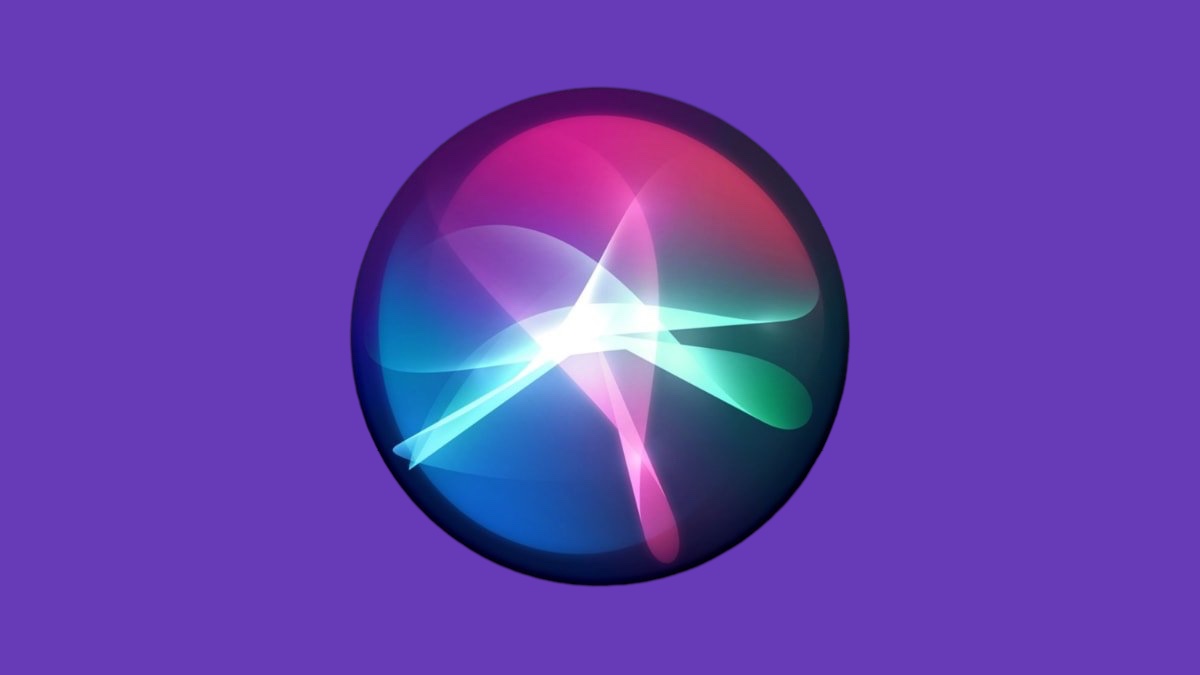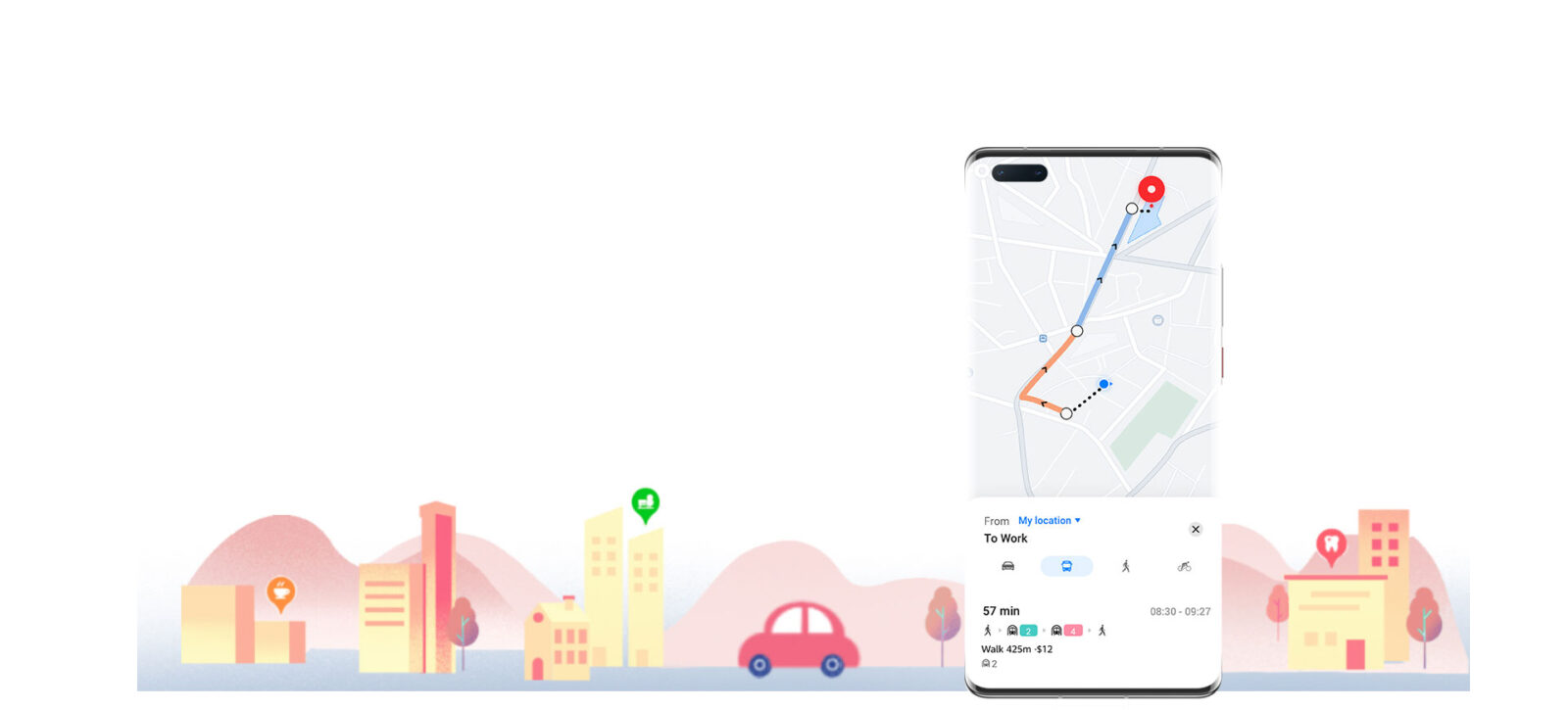Spotting AI-generated videos online has quickly become more challenging. Early deepfakes often gave themselves away with distorted faces, warped backgrounds, or other obvious glitches. But today’s AI video generators—powered by models like Google’s Veo 3 and others—are producing clips that can look strikingly real, leaving casual viewers with fewer easy tells.
The best defense, experts say, isn’t memorizing a checklist of artifacts. It’s developing AI literacy: an awareness that any video you encounter online could be artificially generated, and the critical thinking skills to question what you see. “Understanding that something I’m seeing could be generated by AI is more important than, say, individual cues,” explains Siwei Lyu, director of the Media Forensic Lab at the University at Buffalo.
Researchers point out that exposure and practice help sharpen this instinct. By regularly studying AI-generated content, viewers can train themselves to spot when “something feels off,” even if the precise flaw isn’t obvious. Northwestern University’s Negar Kamali notes that subtle unease—an unnatural movement, a strange detail—can often be enough to suspect a video’s authenticity.
The Two Main Categories of AI Video
AI-generated video generally falls into two types:
- Imposter videos – These edit existing footage to swap faces or manipulate speech. Classic examples include celebrity deepfakes or politicians made to say fabricated lines. Because they build on real video, they can be highly convincing.
- Fully generated videos – Created entirely from prompts using text-to-video models. These are advancing quickly but still occasionally reveal themselves with odd movements, lighting inconsistencies, or unrealistic physics.
What to Watch For in Deepfakes
Digital forensics experts suggest a few recurring clues:
- Head and face movement: Face swaps often glitch when the subject turns at an angle or when something briefly blocks the face. Watch for unnatural stiffness in the arms or body, as deepfake videos tend to keep movements minimal.
- Mouth and teeth: Lip-synced videos may show teeth that shift shape or number, or a lower face that wobbles unnaturally as if made of rubber.
- Format: Many deepfakes are “talking-head” videos where only the shoulders and face are visible—an easier setup for AI manipulation.
Why It Matters
AI video manipulation isn’t just for novelty clips of bunnies on trampolines or fictional kangaroos. The same tools can fuel disinformation campaigns, impersonations, and scams. Regulators have started paying closer attention to “imposter” deepfakes, particularly when they involve politicians, celebrities, or misleading news.
Ultimately, identifying AI-generated video requires skepticism and context as much as visual inspection. If a clip seems sensational, aligns too neatly with a political agenda, or comes from an unverified source, it’s worth pausing before sharing. As with other forms of digital literacy, spotting AI fakery is less about finding a single smoking gun and more about cultivating habits of critical attention.






